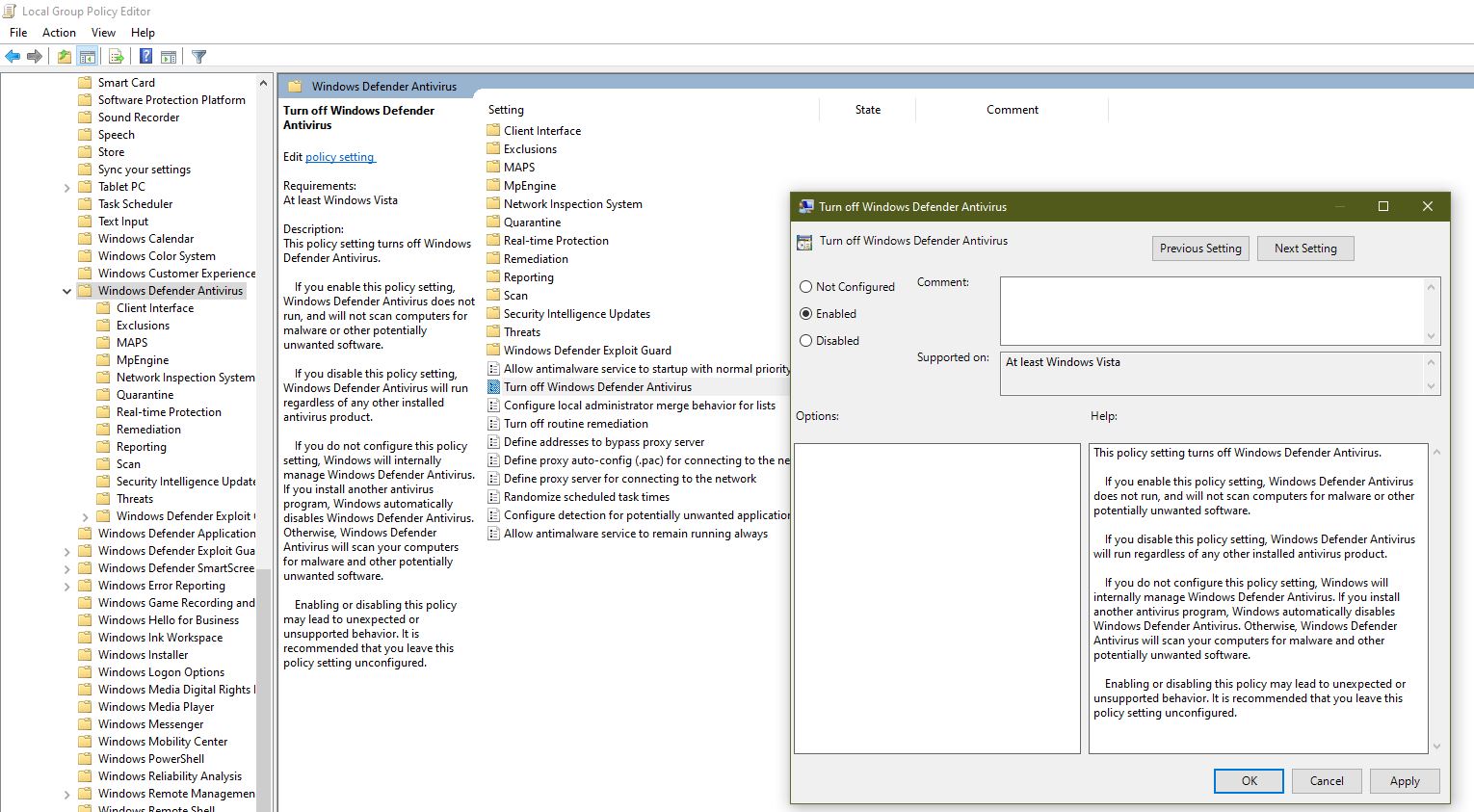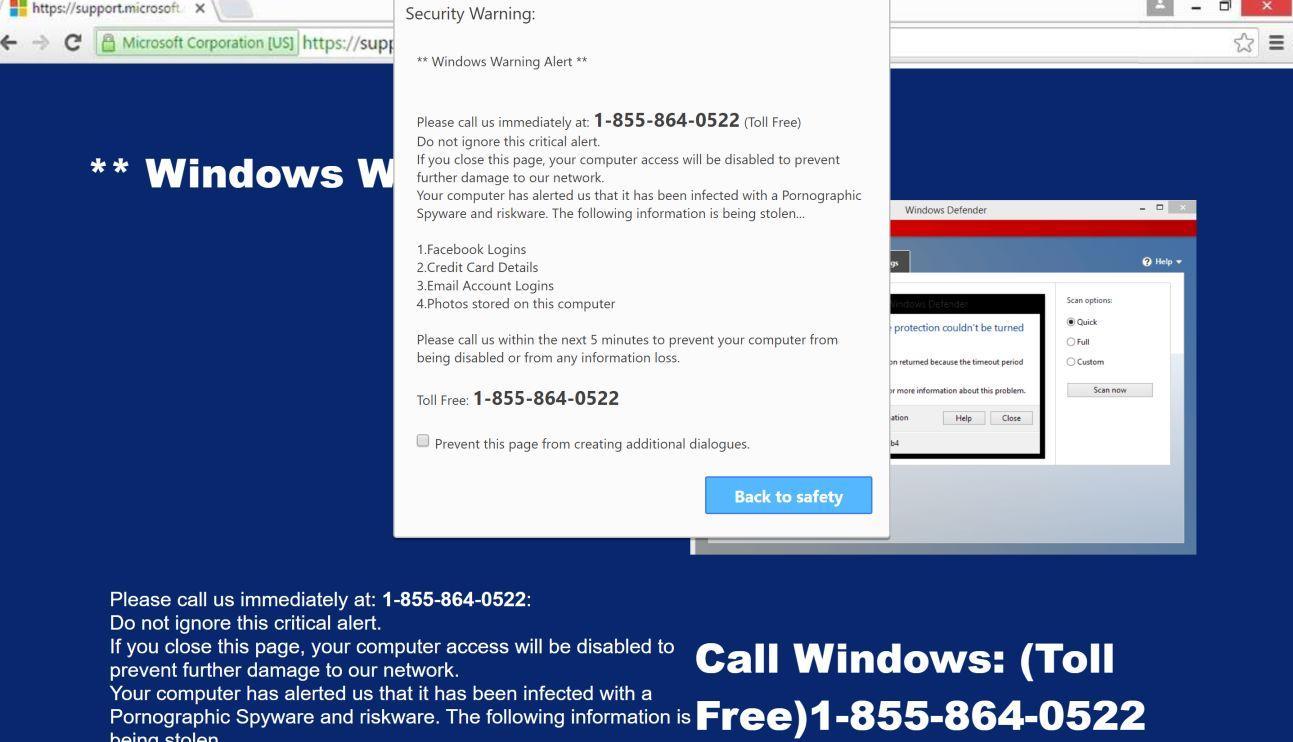
Mpcmdrun -Scan -ScanType 3 -File "C:\Users\username\Downloads\files" In the command, replace "C:\PATH\TO\FOLDER" with the path to the folder you want to scan.įor example, this command scans all the contents in the "files" folder: Mpcmdrun -Scan -ScanType 3 -File "C:\PATH\TO\FOLDER" Type the following command to scan a specific folder and press Enter: In the command, replace ".7-0" with the latest version of the folder available on your device.

Type the following command to access the folder with the latest version and press Enter: Type the following command to identify the latest version of the antivirus command tool and press Enter: Type the following command to access the Platform folder and press Enter:Ĭd c:\ProgramData\Microsoft\Windows Defender\Platform
Search for Command Prompt, right-click the top result, and select the Run as administrator option. To scan a specific folder or file manually using Command Prompt, use these steps: How to scan a file or folder manually with Defender using Command Prompt However, you can only use it to scan folders, not a specific file, which is why we're not listing this option. You can also use the "Custom scan" option from the "Virus & threat protection" section to perform custom scans. Right-click the selection and select the Scan with Microsoft Defender option.Īs you complete the steps, the Windows Security app will open in the "Virus & threat protection" page, where you'll be able to see the scan progress, result, and require action if malware is detected. Quick tip: You can select all items using the Ctrl + A keyboard shortcut, pressing the Ctrl key and selecting the items you want to scan, or selecting the first item, pressing the Shift key, and selecting the last item you need to check. Select one or multiple items (as necessary).  Browse to the location containing the files and folder you want to scan. Quick tip: You can open File Explorer using the Windows key + E keyboard shortcut, clicking the icon from the taskbar, or querying the app from the Start menu. To perform a manual scan for a specific file or folder with Microsoft Defender, use these steps:
Browse to the location containing the files and folder you want to scan. Quick tip: You can open File Explorer using the Windows key + E keyboard shortcut, clicking the icon from the taskbar, or querying the app from the Start menu. To perform a manual scan for a specific file or folder with Microsoft Defender, use these steps: 
How to scan a file or folder manually with Microsoft Defender using File Explorer
How to scan a file or folder manually with Defender using PowerShell. How to scan a files or folder manually with Defender using Command Prompt. How to scan a file or folder manually with Microsoft Defender. In this Windows 10 guide, we'll walk you through the steps to scan a file or folder with Microsoft Defender Antivirus without the need for a full scan. VPN Deals: Lifetime license for $16, monthly plans at $1 & more







 0 kommentar(er)
0 kommentar(er)
